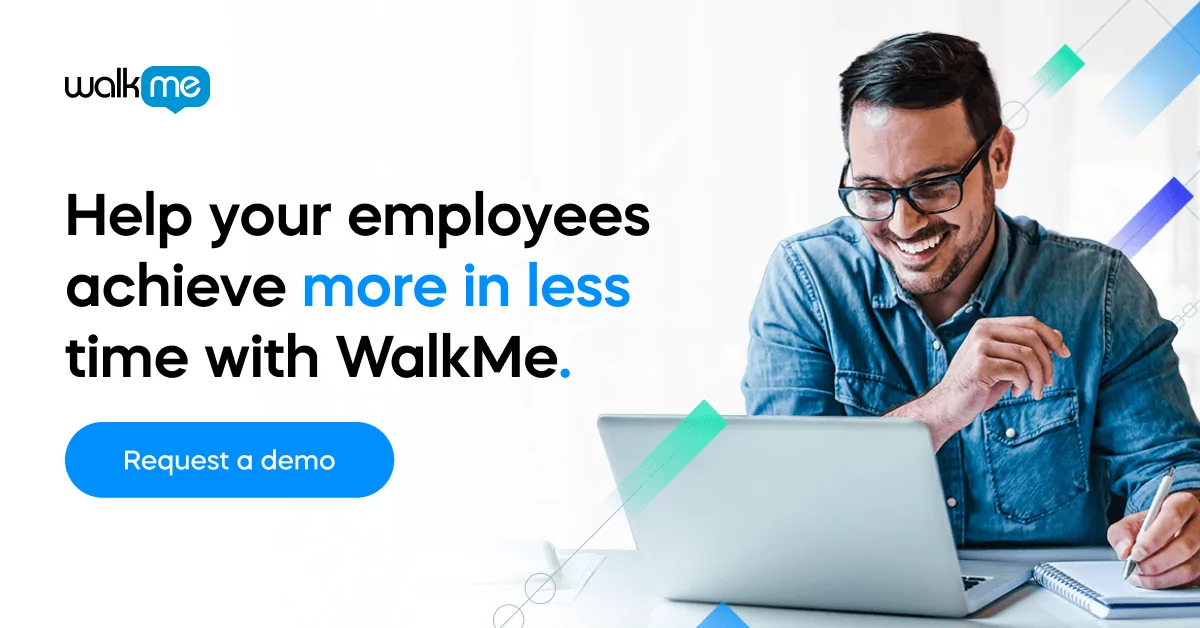In many companies, HR has a reputation for creating roadblocks and putting too much emphasis on policies that can disrupt the flow of business. However, especially over the past few years, the department has evolved into a catalyst that is driving operational success and is building an environment in which employees and managers can thrive.
With remote work becoming the new normal, the HR ecosystem has been forced to shift its methods to rely on technology as the primary source of employee engagement. Now that entire workforces are going digital, HR leaders have the unique opportunity to provide experiences across their tech stack which can be accurately and automatically measured on the spot. Real-time data means you have the ability to custom-tailor experiences for your employees and ensure they can get the job done without anything getting in their way.
What makes up an HR tech stack?
The standard HR tech stack is comprised of software which help to manage the following:
- Payroll and benefits
- Employee engagement and performance
- Learning and development
- Recruiting and onboarding
When composed properly, this portfolio of applications will use as few systems as possible to make the greatest impact. Having a platform that is capable of managing multiple facets of HR, yet only using it for one function, is the fastest way to minimize your ROI.
A common challenge when implementing such platforms across global organizations is the aspect of localization. Finding the right HR systems which can comply with international rules and regulations is a massive factor in getting the most out of your tech investments. Too often will companies spend their money on separate systems which are meant to achieve the same result. Additionally, data silos will often lead to poor data quality and can significantly hinder collaboration throughout the organization.
The duty of the tech stack is to ultimately make the lives of employees easier, but piling on new technology isn’t the answer to streamlining workflows. To properly reap the benefits of the software, each app requires its own digital onboarding process. If not handled correctly, user frustration will only build from day to day.
According to LinkedIn’s Global Talent Trends of 2020, 96% of HR and hiring professionals say employee experience is becoming more important. With employees being forced to work from home, the digital experience is the employee experience.
The HR and IT dynamic duo
While HR teams lead the charge when it comes to the daily use of each HR system, the IT department can and should be utilized for their expertise on potential methods for optimizing and automating work processes.
As more and more CIOs lean into their company’s digital transformation, it is becoming obvious that the IT department needs to be seen as an ally to work with very closely. Nearly every business process requires software to function, which means IT is inherently built into the employee user journey.
However, when handling the rollout of HR software, many C-level executives will view an implementation as they would any IT project—it’s a success when they’re delivered on-time and on-budget. They don’t consider whether the tool delivers the intended business benefits or culture change. This is where the teamwork between HR and IT comes into play.
The human experience is what powers digital adoption, employee engagement with the various systems, and, as a whole, the retention of talent. IT can help to build the vehicle and make sure it has all of the top specifications, but the employee will still be the one to drive it, and HR should be there to navigate a clear path. The collaboration between HR and IT is the key to unlocking the potential of the HR tech stack because it combines empathy with efficiency.
From the moment an employee is introduced to new software, it is up to management to break down any potential barriers which may be blocking their ability to utilize the platform properly. It is the job of department leaders to realize the value of the system they were promised by the account executive who sold it to them.
In PwC’s HR Technology Survey of 600 HR and HRIT leaders, they found that only 27% rated HR tech as very effective for changing behaviors at work, while an overwhelming 82% struggle with adoption challenges. It is by building optimal digital experiences that companies will see the value their employees have to offer.
Digital experience in the new normal
Working from home has emphasized the importance of an engaging learning and working environment. Every day there are new and innovative ways to keep employees up to speed on important information and policies. There are virtual collaboration tools, workforce management systems, gamified platforms for reskilling and upskilling, and more.
Deloitte’s 2021 Global Human Capital Trends report found that introducing digital collaboration platforms is the most important factor in sustaining this new way to work. Where would the world be without apps like Zoom or Miro?
A large part of HR’s role is to understand the employee and to build a strong company culture. Now that organizations are becoming aware of the benefits of building a digital-first business, there are countless points of engagement that can be measured and analyzed through the software that is being used.
Something which is set to grow in the coming years is the use of data analytics in HR and with it a holistic understanding of employees. One fail-safe way to get the most out of your HR tech stack is to analyze the usage, engagement, and adoption of your systems. Whether it’s through an AI system, such as one which uses predictive analytics, a digital adoption platform, or, at the very least, analytics that are built into a system, the data which can be collected is more valuable than gold.
Being able to quantify values such as employee engagement and time-to-competency, and then determine exactly what steps need to be taken to improve upon them is only the beginning of HR’s strategic influence.
Once you have enhanced the human experience with the use of technology, then you know you have unlocked the true potential of your HR tech stack.


